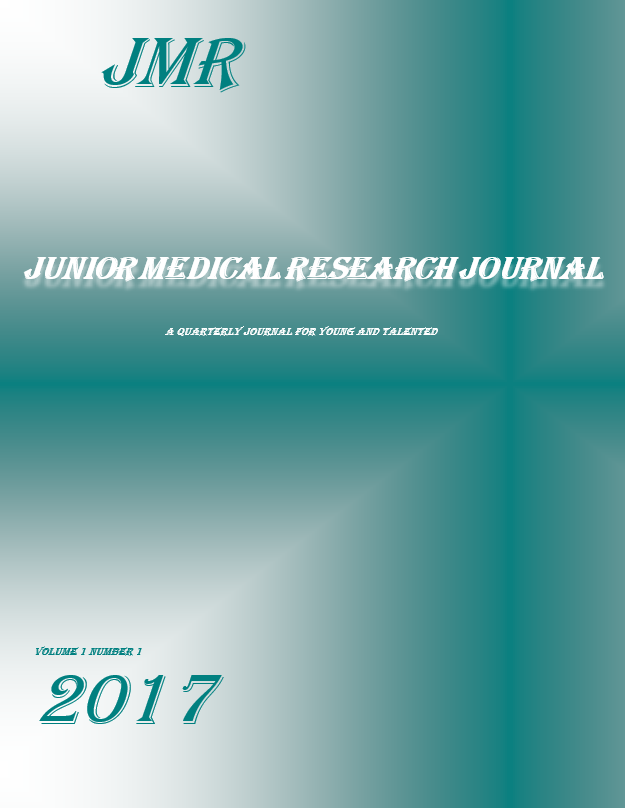Case Report
Challenging diagnosis of spinal epidural lipomatosis: A Case report and review of the literature.
Spinal Epidural Lipomatosis (SEL) is defined as a rare disorder of pathological overgrowth of the spinal epidural fat in the extradural space. It commonly affects males more than females with a ratio of (3:1). The pathogenesis of SEL usually involves exogenous steroid use, obesity, overproduction of endogenous steroids (as in Cushing’s disease), spine surgery, hypothyroidism, and pituitary prolactinoma. However, idiopathic cases have been identified. The best modality of SEL diagnosis is whole Spine MRI with and without Gadolinium (GAD) to detect the extent of the fatty tissue along the extradural space. Treatment of such rare entities depends largely on the clinical presentation of the patient and severity of symptoms; conservative and surgical means are employed in management of these patients.
In our work, we report a case of idiopathic spinal epidural lipomatosis associated with kyphosis in a 17 –year- old male patient, who was successfully treated with dorsal trans-pedicular fixation for correction of kyphosis and hemi-laminectomy for spinal cord decompression.
Keywords
Epidural Lipomatosis, Spinal Decompression, Steroid, Obesity, Kyphosis, Paralysis.




